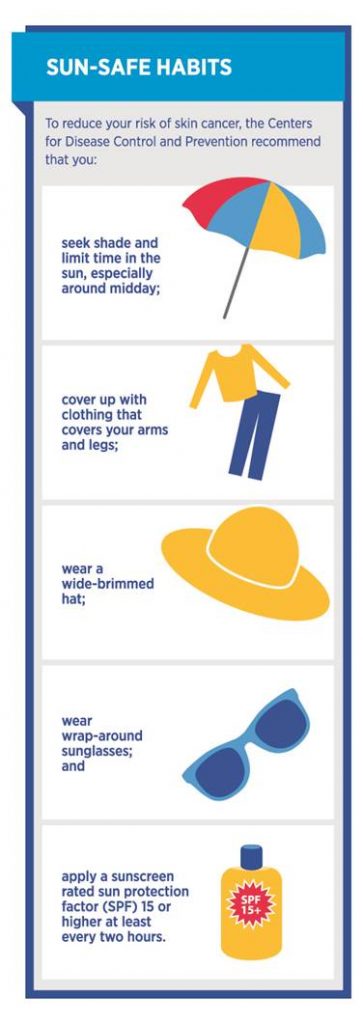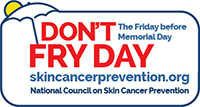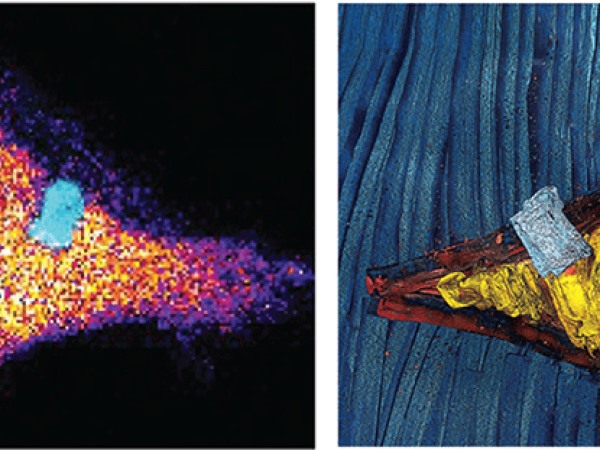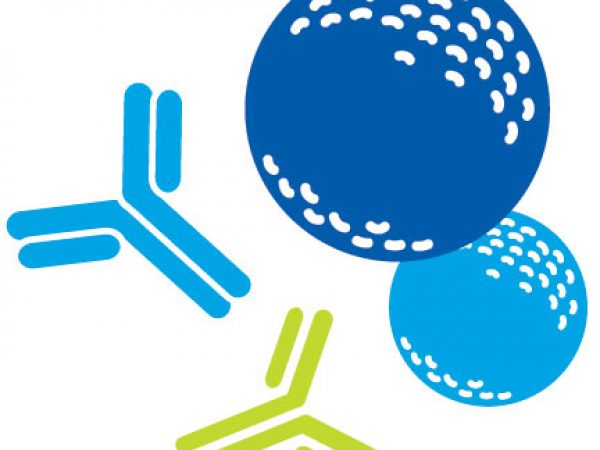An Important Skin Cancer Prevention Reminder: Don’t Fry
Skin cancer is the most commonly diagnosed cancer in the United States. Every year, about 5 million Americans are treated for various forms of the disease.
Skin cancer types include basal and squamous cell cancers, as well as melanoma, the deadliest form of skin cancer. About 73,870 Americans are expected to be diagnosed with melanoma this year. Survival rates are significantly higher when the disease is diagnosed at its earliest stage.
 Many skin cancer cases are considered preventable; experts estimate that about 90 percent of melanoma cases could be prevented by reducing or eliminating ultraviolet (UV) radiation from the sun, sunbeds, or tanning booths. Yet a study published last year in Cancer Epidemiology, Biomarkers & Prevention, a journal of the American Association for Cancer Research, addressed the reality that many people, even those who have survived a bout of melanoma, do not always follow recommended sun protection strategies.
Many skin cancer cases are considered preventable; experts estimate that about 90 percent of melanoma cases could be prevented by reducing or eliminating ultraviolet (UV) radiation from the sun, sunbeds, or tanning booths. Yet a study published last year in Cancer Epidemiology, Biomarkers & Prevention, a journal of the American Association for Cancer Research, addressed the reality that many people, even those who have survived a bout of melanoma, do not always follow recommended sun protection strategies.
“Because an early-stage melanoma diagnosis and treatment was likely a fairly minor experience for most survivors, they might not understand how serious an illness this is,” said the study’s lead author, Rachel Isaksson Vogel, PhD, an assistant professor in the Department of Obstetrics, Gynecology and Women’s Health at the University of Minnesota. “Survivors of melanoma have a nearly nine-fold risk of developing melanoma again, and they can reduce that risk if they make sun protection a priority.”
One fundamental way of protecting skin against the sun is the regular use of sunscreen. This week, the U.S. Food and Drug Administration (FDA) unveiled new initiatives aimed at making sure that sun protection products are safe and effective. The agency said it will fight back against companies that make misleading claims about sun protective products, while encouraging a new round of product innovation.
“Given the recognized public health benefits of sunscreen use, the FDA is committed to finding ways to help bring a wider assortment of safe and effective sunscreen products to the public,” said FDA Commissioner Scott Gottlieb, MD, in a press statement.
 Gottlieb also applauded efforts such as Don’t Fry Day , a yearly initiative from the National Council on Skin Care Prevention. Each year, on the Friday before Memorial Day, the council reminds us to avoid sun burning and tanning; to wear protective clothing; to be vigilant in using sunblock; and to avoid the sun during the peak hours of 10 a.m. to 2 p.m.
Gottlieb also applauded efforts such as Don’t Fry Day , a yearly initiative from the National Council on Skin Care Prevention. Each year, on the Friday before Memorial Day, the council reminds us to avoid sun burning and tanning; to wear protective clothing; to be vigilant in using sunblock; and to avoid the sun during the peak hours of 10 a.m. to 2 p.m.
Here’s a look at previous Cancer Research Catalyst posts on Don’t Fry Day. We at the AACR wish you a wonderful, safe season.
Heading Into Summer, Please Don’t Fry
Burning Issues in Skin Cancer Prevention




I had no idea that the deadliest form of skin cancer is melanoma. My Uncle had melanoma. So I hope it isn’t heraditary.
I had no idea that skin cancer is the most common form of cancer that is diagnosed in the United States. My husband loves to get a good tan in the summer and loves having a nice brown skin tone during the warm months. I think we should be extra careful and make sure that if we experience symptoms we should seek out skin cancer services that can help us.
It’s good to know that you should avoid the sun between 10 a.m. to 2 p.m. because that’s when I usually leave the house. I think that going to the beach in the evening would be a great idea as well though! It would probably be less crowded anyway.